It might sound like something straight out of Back to the Future.
But when I recently stepped back into the New Picture House projection room for the first time since leaving my part-time cinema projectionist job in July 1995, I stumbled upon a hidden note from my younger self which stopped me in my tracks.
My nostalgia was already at its peak as I arrived to interview NPH managing director David Morris about the cinema’s upcoming closure and refurbishment.
However, opening the creaky projection room door and climbing the stairs to what once felt like a second home, there, hidden behind a loose brick in the stairwell, was a note written 31 years ago by my 20-year-old self.
As I unfolded the slightly damaged but still readable paper, memories of my younger days and the flickering reels of the past came rushing back.
The content of the note wasn’t particularly significant – it was the musings of a young man who was clearly bored having seen Jurassic Park one too many times during the summer of 1993.
Yet, it served as a powerful connection to the past and a strange reminder how time has a way of looping back on itself, especially when you’re not looking.
Magic of St Andrews New Picture House
Returning to the projection room felt like stepping into my own version of Cinema Paradiso.
The analogy couldn’t be more fitting.
Like young Toto in Giuseppe Tornatore’s beloved film, I first experienced the magic of cinema within those very walls.
It was 1978 when my late dad, then a part-time projectionist himself, let me sit in the projection room to watch Superman: The Movie.
The old carbon-powered projectors, remnants from a time before television, symbolised an era when cinemas were the heart of entertainment.
But it was aged 17, when I landed a part-time job as a projectionist myself, that I truly immersed myself in the cinema.
From Driving Miss Daisy on my first night in May 1990 to Batman Forever on my last in July 1995, I calculated that I showed around 750 films over 940 nights.
The wages were modest starting at £5.50 a night and reaching £8.50 – but priceless for a penniless school pupil and university student. Seeing every film for free for five years was the best job ever.
Showmanship was an art form
Every night, I’d warm up the then Cinemeccanica projector, lace up the 35mm film through its intricate sprockets, and prepare the then-state-of-the-art Dolby Surround Sound system.
The Pearl & Dean advert titles were part of the soundtrack of projection room life.
Dimming the houselights, starting the film on time, keeping it in focus, and ensuring it ran seamlessly at 24 frames per second became an art.
In those pre-digital days, Thursday nights were reserved for ‘breaking down’ 35mm films into individual reels for transit, a task carried out in a dusty room known as “The Palace.”
Another job, changing the posters and signage outside, was less glamorous.
However, it was the people I worked with that made the experience truly unforgettable.
Fond memories of St Andrews New Picture House characters
Bill Munn, the long-serving manager who sadly passed away just weeks after his retirement in 1998, was a figure you’d usually smell before you saw, thanks to his pipe smoke.
Ian Collins, the chief projectionist, was a technical genius who, despite being profoundly deaf and suffering from brittle bones, taught me everything I needed to know about running the projectors.
His patience and dedication were invaluable, and his passing in 2009 was a sad day.
Other NPH legends included projectionist Paul Carey, Maureen Waters in the cash desk, Maureen’s mum Bunty who preceded her, the entire Munn clan in the shop and a host of usherettes – including my mum who worked at the NPH for a time.
Another message from the past
My recent discovery of the note came months after a long-serving staff member sent me a photo of a message I had scrawled on a dirty window behind the stage on my last night in 1995 – also frozen in time!
Yet, as we know, time doesn’t stand still.
While the NPH will soon transform into a sports bar, the memories of what it once was will endure for those of us who lived and worked within its walls.
As I bid farewell to the NPH in its current form, and having returned regularly over the years to watch films, a twinge of melancholy lingers.
Like Marty McFly in Back to the Future, revisiting the past evokes a sense of wonder about what might have been.
But it also serves as a poignant reminder of how far we’ve come – and that the future remains unwritten.
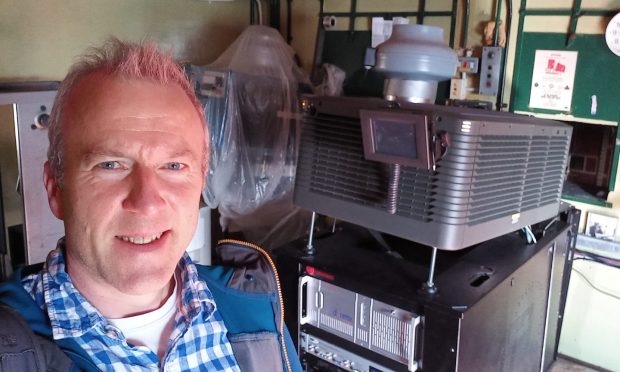
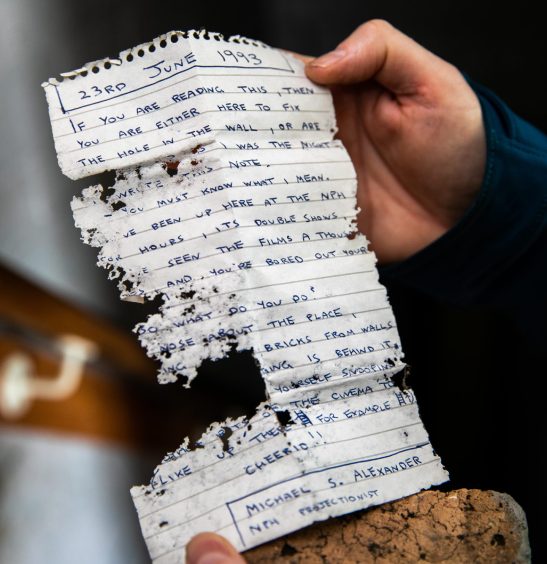
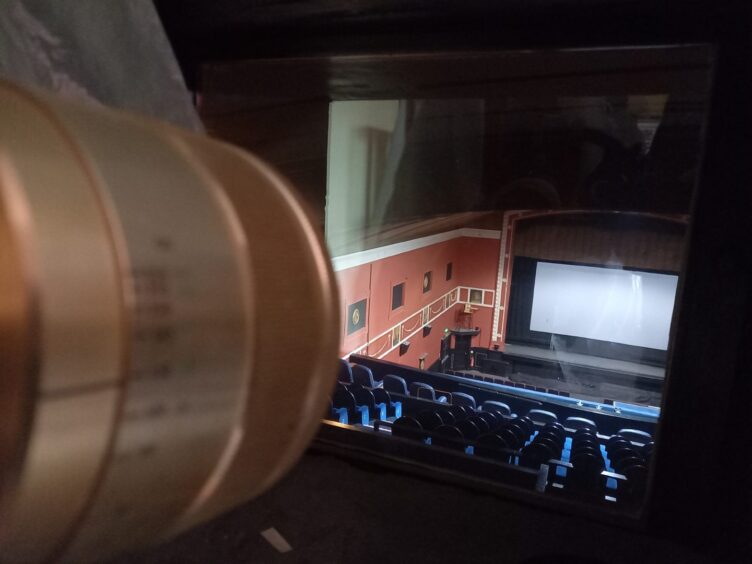
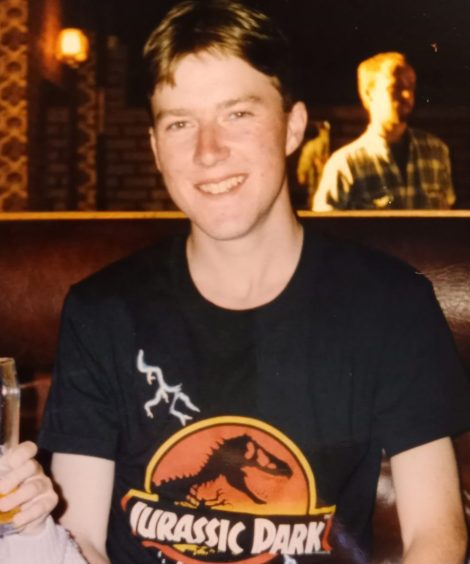
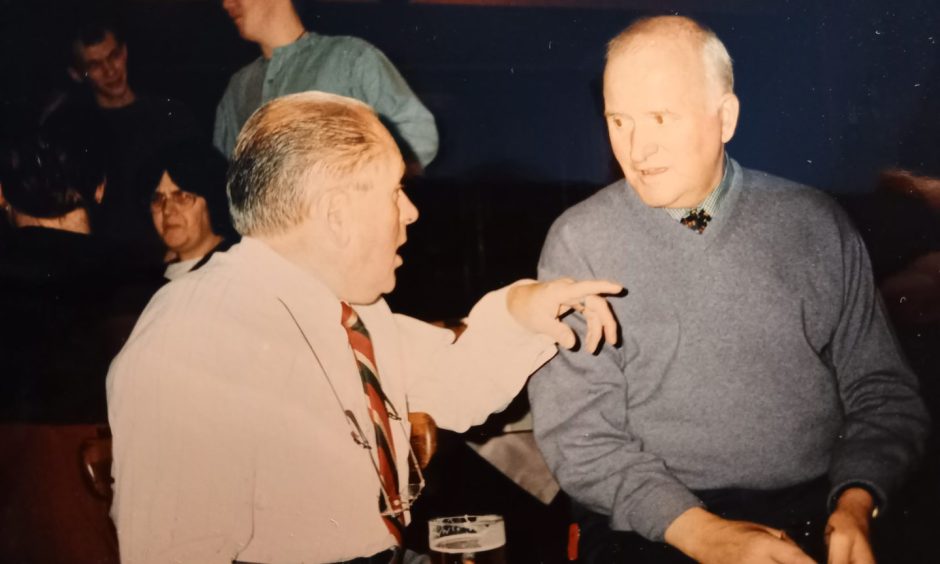
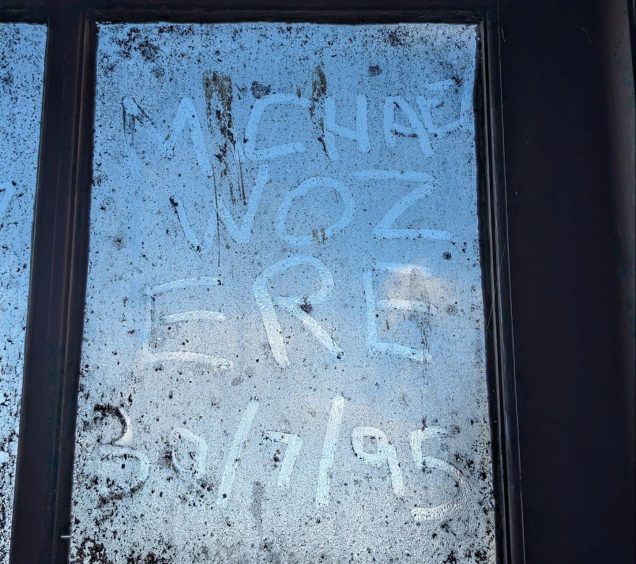


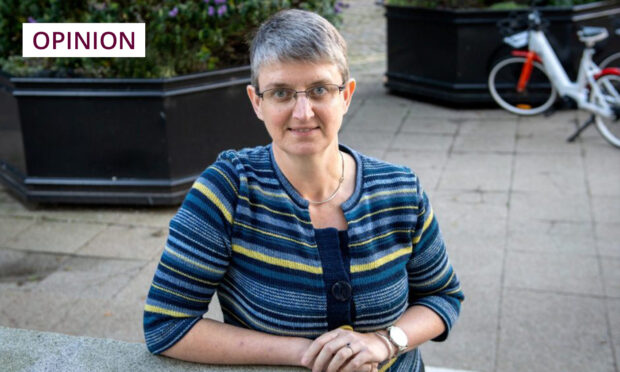
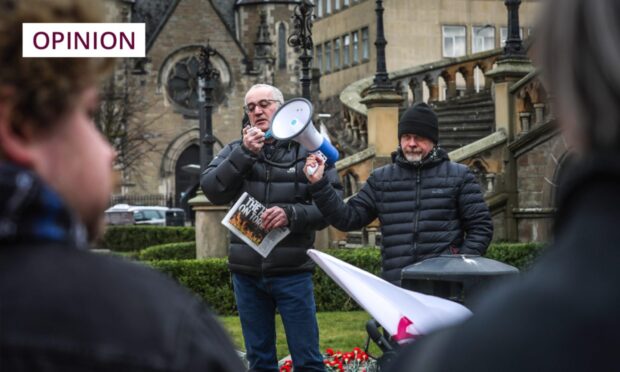
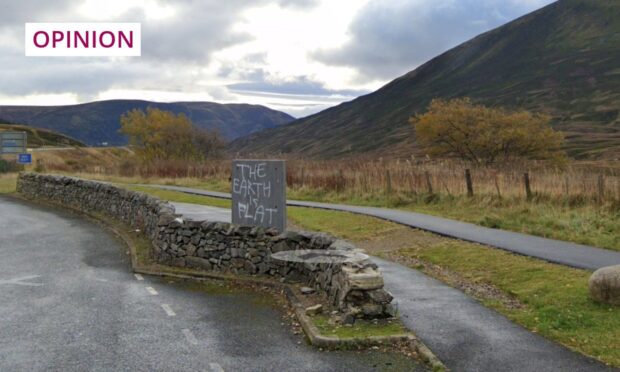

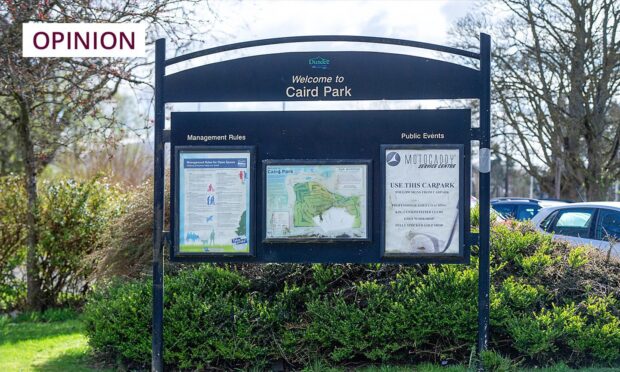
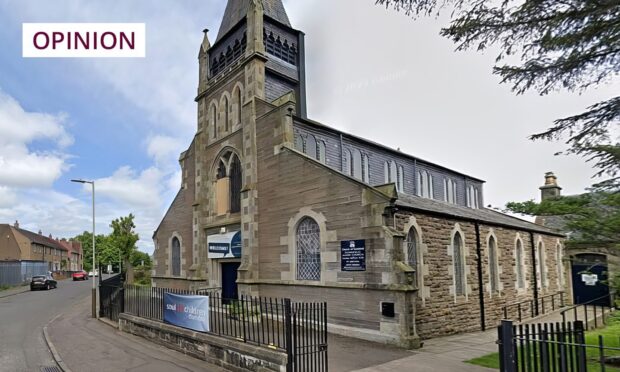
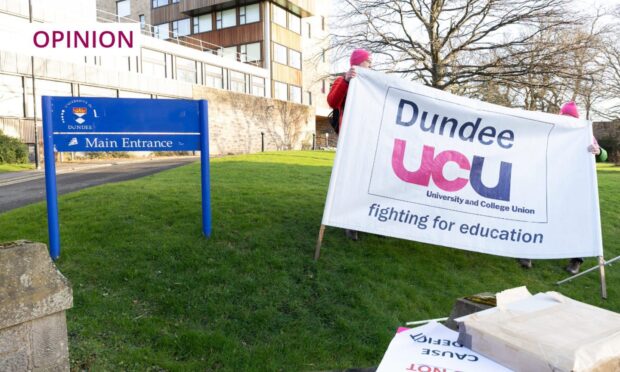
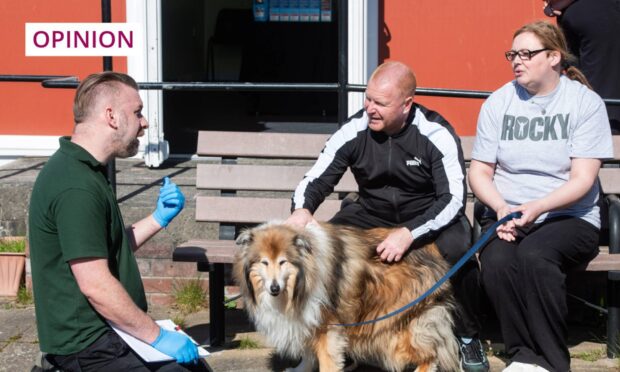
Conversation